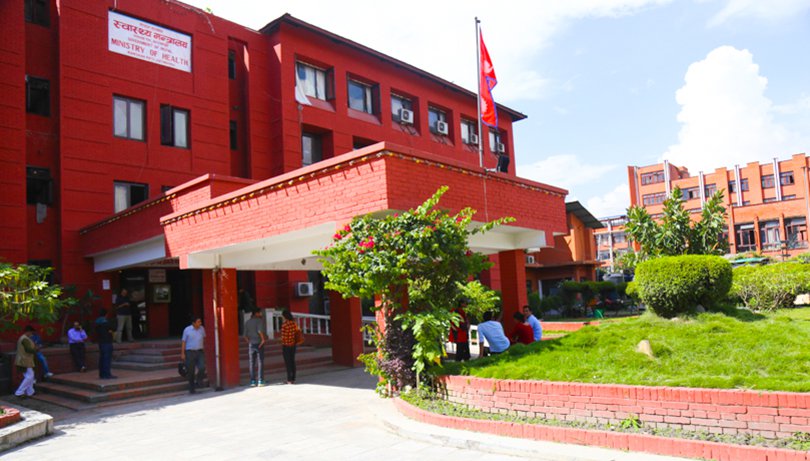
Dear Honorable Minister of Health,
I write to you today to express my deep concern regarding the recent cuts to US funding for health initiatives in Nepal and the long-term implications of these reductions on public health in our country. While donor support has played a significant role in advancing our health system, it is time for us to re-evaluate the direction of our efforts. We must consider the local needs of our population and move toward a system driven by the reality of Nepal’s social determinants of health.
Every year, as the monsoon season arrives, we witness outbreaks of diarrheal diseases that strain our health system. Oral Rehydration Solution (ORS) has proven to be effective in treating these outbreaks, so why do we continue to experience these epidemics year after year? The solution lies not in just providing medicine, but in addressing the underlying causes: poor hygiene, lack of access to clean drinking water, and a general failure to teach basic health practices like handwashing after using the toilet and boiling drinking water. These fundamental practices are not merely the responsibility of aid organizations, but of our own health system and our society as a whole.
This is why it is so important that we begin allocating resources not just to donor-guided projects but to addressing the underlying socio-cultural causes of health disparities in Nepal. If we look at the broader picture of our society, the solutions to many of these issues already exist within the local context. Localizing our health programs to focus on prevention and education will not only help us combat epidemics, but will also ensure that we are creating sustainable change.
Moreover, the mushrooming of non-governmental organizations (NGOs) has not led to sustainable development in health. While these organizations contribute in various ways, many operate in isolation from the government and local communities, often duplicating efforts or working on short-term projects without any integration into the broader health sector. If we are to see lasting change, these NGOs must become an integral part of the health sector, collaborating with government health services and supporting long-term goals, rather than remaining fragmented entities that fail to produce lasting impact.
I am also concerned with how we continue to follow the World Health Organization (WHO) protocols but struggle with implementation gaps that undermine the quality of care and public health outcomes. The focus should be on three critical areas: maternal and child health, infectious diseases, and non-communicable diseases. These areas must be approached with an integrated, context-sensitive strategy that addresses both the immediate and the root causes of health issues in Nepal.
One area that warrants more attention is the establishment of school-based health centers, which would serve as a powerful platform for promoting female hygiene and reproductive health, especially among adolescent girls. These centers can also help address basic health needs such as dental care. Including fluoride varnish application as part of routine maternal and child health services would go a long way in reducing the high prevalence of dental caries among children.
In addition, a strong public health education campaign is critical to addressing the rise of infectious diseases. Vaccines, testing centers, and better access to preventive services will improve outcomes, but only if we also engage communities and schools in understanding the importance of hygiene and health behaviors.
Finally, we must mobilize allied medical and dental professionals across the provinces, ensuring that they are integrated into regional health efforts. Partnering with local medical and dental schools to staff these health centers with faculty and interns would provide not only immediate relief, but also a pipeline for training and capacity building in the long term.
As Nepal’s health system continues to evolve, it is critical that we shift our focus toward creating a locally driven, sustainable health model that addresses the root causes of health disparities. This requires bold, forward-thinking leadership and a commitment to integrating social, cultural, and educational factors into our health policy.
I urge the Ministry to begin thinking about how we can build our own solutions and take greater responsibility for the future of public health in Nepal, even as we work with international donors and organizations. Let us take the opportunity to lead the way in solving our own health challenges.
Sincerely,
Dr Prasida Khanal, BDS, MPH
Currently serving as the State Oral Health Director at the Minnesota Department of Health




















